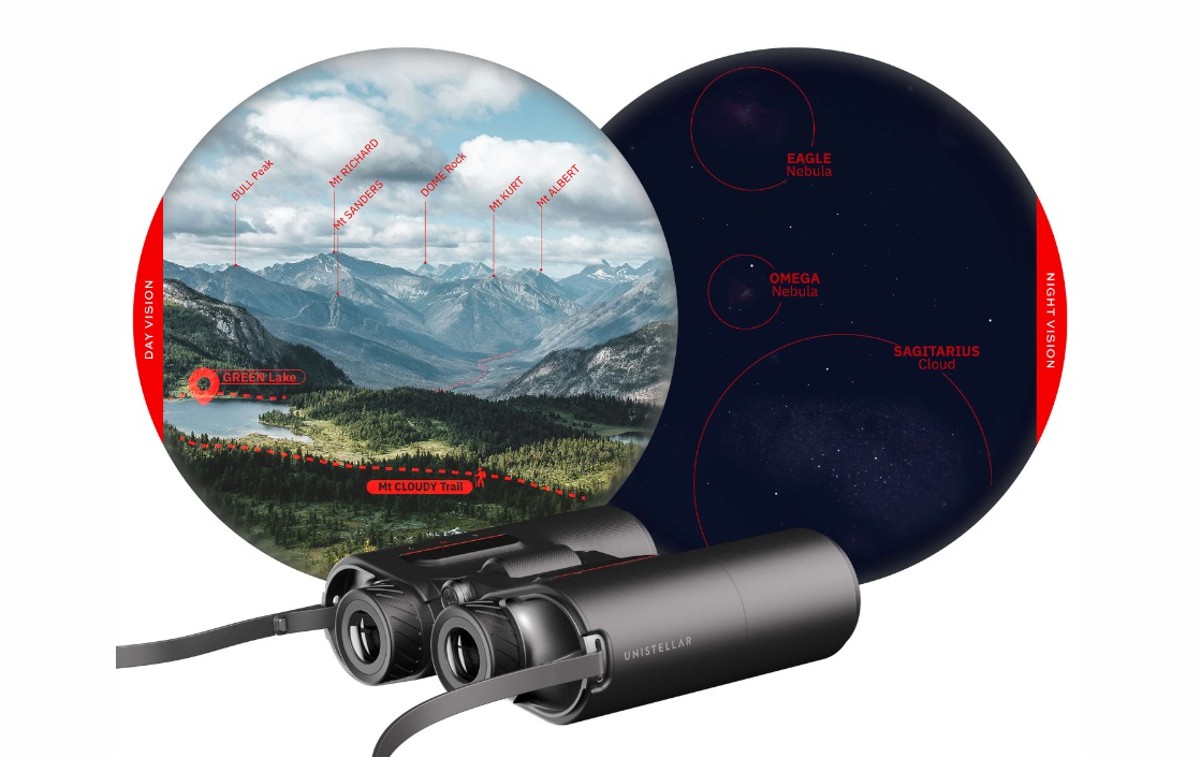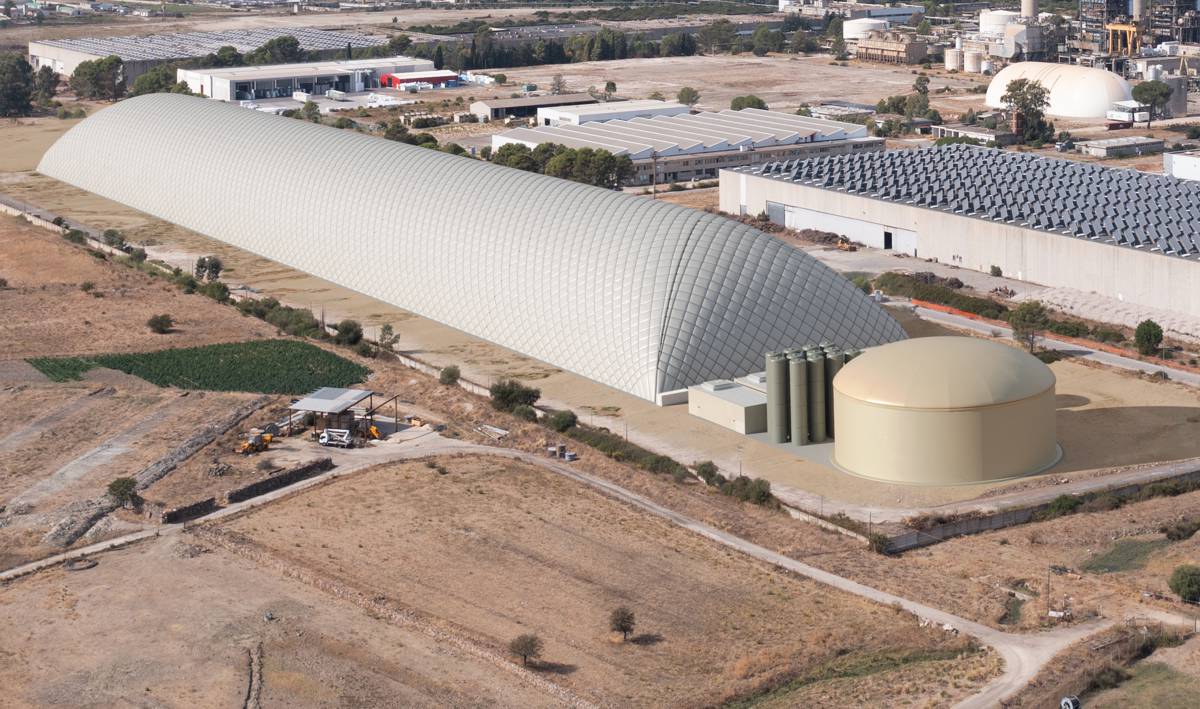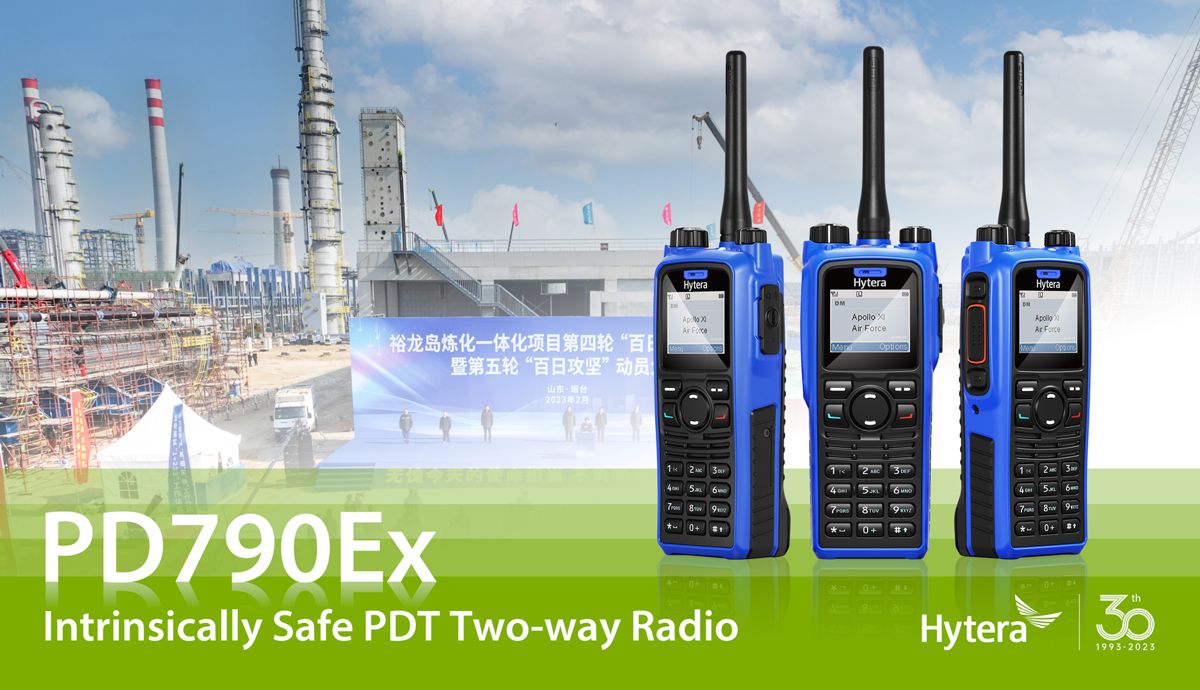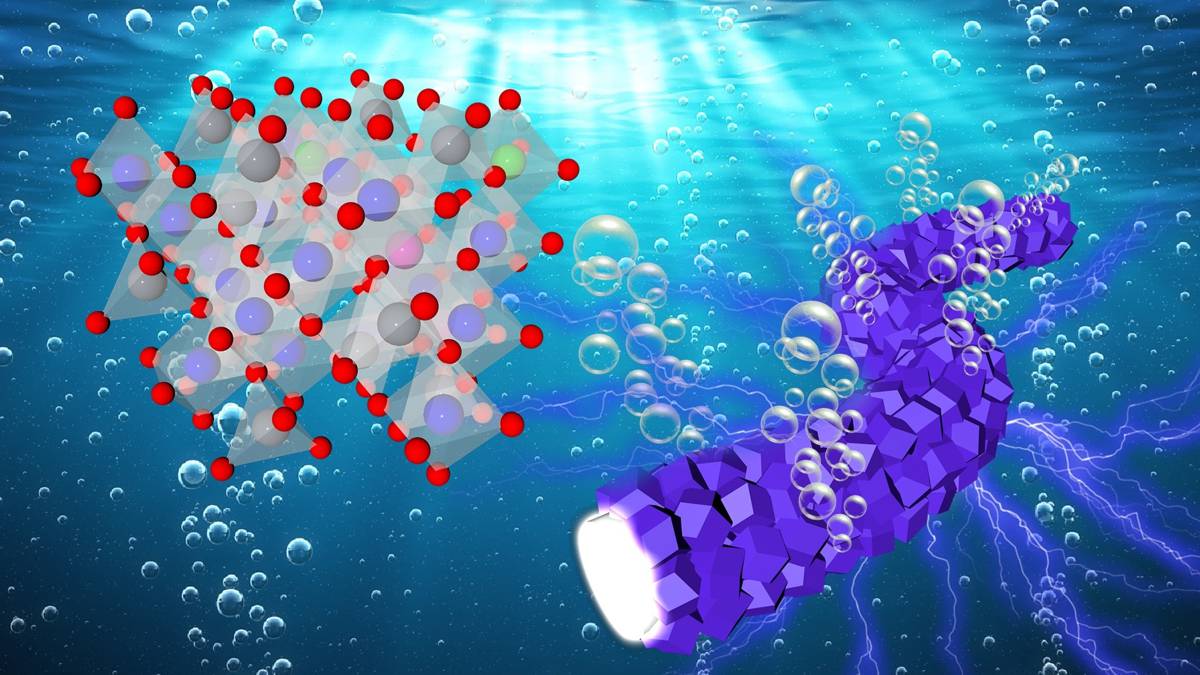Contech delivering benefits for the Construction Industry
ConTech, or technology created specifically for the construction industry, is a burgeoning sector that has the potential to benefit every stage of the building process. Augmented reality (AR) and innovative integrated information tools improve accuracy and efficiency from initial planning to final completion.
Marketing strategies are also evolving, and an increasing number of companies are adopting effective digital platforms to promote their building projects and attract new clients and investors. By matching the continuous changes in the construction industry with the use of innovative technology and powerful marketing tools, companies can remain competitive while satisfying their client’s needs.
Implementing Powerful Marketing Tools
Since the construction industry is slow to embrace new technology and digital tools, it’s important to implement a powerful marketing strategy to ensure that new initiatives and digital tools are effective.
Marketing managers who embrace the ConTech market should start to see how the software can help to keep projects on schedule and increase returns for investors. Establishing a good social media presence where proposals for new projects, photographs of any completed projects, and testimonials from clients can be shared will help to reassure potential clients and investors.
With a strong social media presence, it will be much easier to find funding for future works and promote innovative building projects. By using tools such as Customer Relationship Management (CRM), interacting with potential clients is simplified. Analysis of a company’s data leads to improved customer service which in turn results in increased sales and client retention.
Incorporating Augmented Reality
A crucial element of any good marketing strategy in construction is helping potential clients and investors to understand the ongoing building process and visualise the finished product. For this purpose, Building Information Modelling (BIM) not only describes every aspect of a development project as it progresses from design and development through to construction, but also provides a platform where information can be shared and updated by all involved.
In addition, to give life to detailed information, augmented reality can help engineers, architects and investors to visualize potential designs before being developed on a physical site.
Now widely used in the property industry to remotely show houses and imagine room layouts, AR can play a similar role in construction by allowing different structural design choices to be viewed. This can result in more accurate plans and in the long-term, a more efficient use of time and resources.
Streamlining Construction to Increase Efficiency
As well as enhancing the presentation of projects, technology also brings the opportunity to improve the quality and efficiency of construction sites. It’s not uncommon for infrastructure works to overrun and cost more than originally planned.
To avoid escalating costs for clients and contractors around the world, airports are increasingly employing technology that will help to ensure projects are completed in a timely fashion while minimizing disruption to air traffic.
In Los Angeles, a geographic information system (GIS) collates and presents spatial data which can then be interactively accessed by anyone involved with the construction project. At the same time, in Singapore, the Construction Industry Transformation Map has been encouraging companies to increase digitization and transform operations.
The streamlining of construction processes has been made easier through Integrated Digital Delivery (IDD). This consolidates all aspects of the construction process with technology, and results in reductions in design and construction times and an improvement in overall efficiency.
Through the increasing use of technology, every aspect of the construction industry can be enhanced. Bringing marketing up-to-date with digital platforms and powerful marketing tools ensures that companies retain a competitive edge.
With the use of digital visual devices and interactive technology to improve efficiency and cost effectiveness in other areas, construction projects become much easier to promote.















